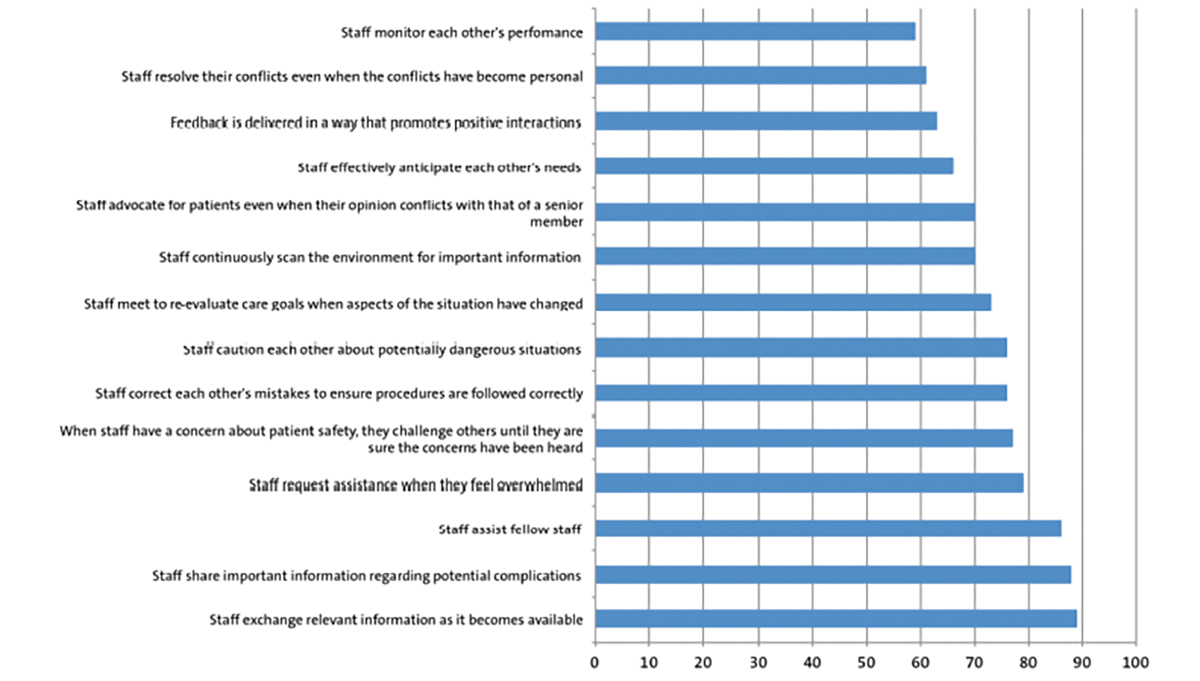Patent ductus arteriosus: are we treating the right ones?
Variability in the diagnosis of haemodynamically significant patent ductus arteriosus (hsPDA) can result in treating inconsequential PDAs and causes difficulty in interpreting clinical outcomes from the available literature. This study evaluates the echocardiogram parameters used to ascertain hsPDA in very low birth weight infants in a tertiary care centre in the UK. Extremely premature infants that received pharmacological or surgical treatment for a PDA were evaluated for basic characteristics, diagnostic echocardiograms, closure rates and eventual outcomes of persistent duct on follow-up.
Daniel Hickman
Foundation Year Doctor1
Anupam Gupta
Consultant Neonatal Medicine2 and Honorary Senior Lecturer3
Arin Mukherjee
Consultant Neonatal Medicine2 and Honorary Senior Lecturer3
arin.mukherjee@mft.nhs.uk
1Wrightington, Wigan and Leigh Teaching Hospitals NHS Foundation Trust
2Department of Neonatology, St Mary’s Hospital, Manchester University NHS Foundation Trust
3University of Manchester
Hickman D., Gupta A., Mukherjee A. Patent ductus arteriosus: are we treating the right ones? Infant 2023; 19(6): 198-202.
Please subscribe and log in to see the full article.
- Variability in the diagnosis of hsPDA is a widespread issue that may result in treating inconsequential PDAs with pharmacological agents.
- Thirty-six patients were identified for evaluation. The detail on their diagnostic echocardiogram reports varied widely.
- A consensus on hsPDA is required to establish uniformity in practice and allow future trials to improve clinical practice.
Also published in Infant:


